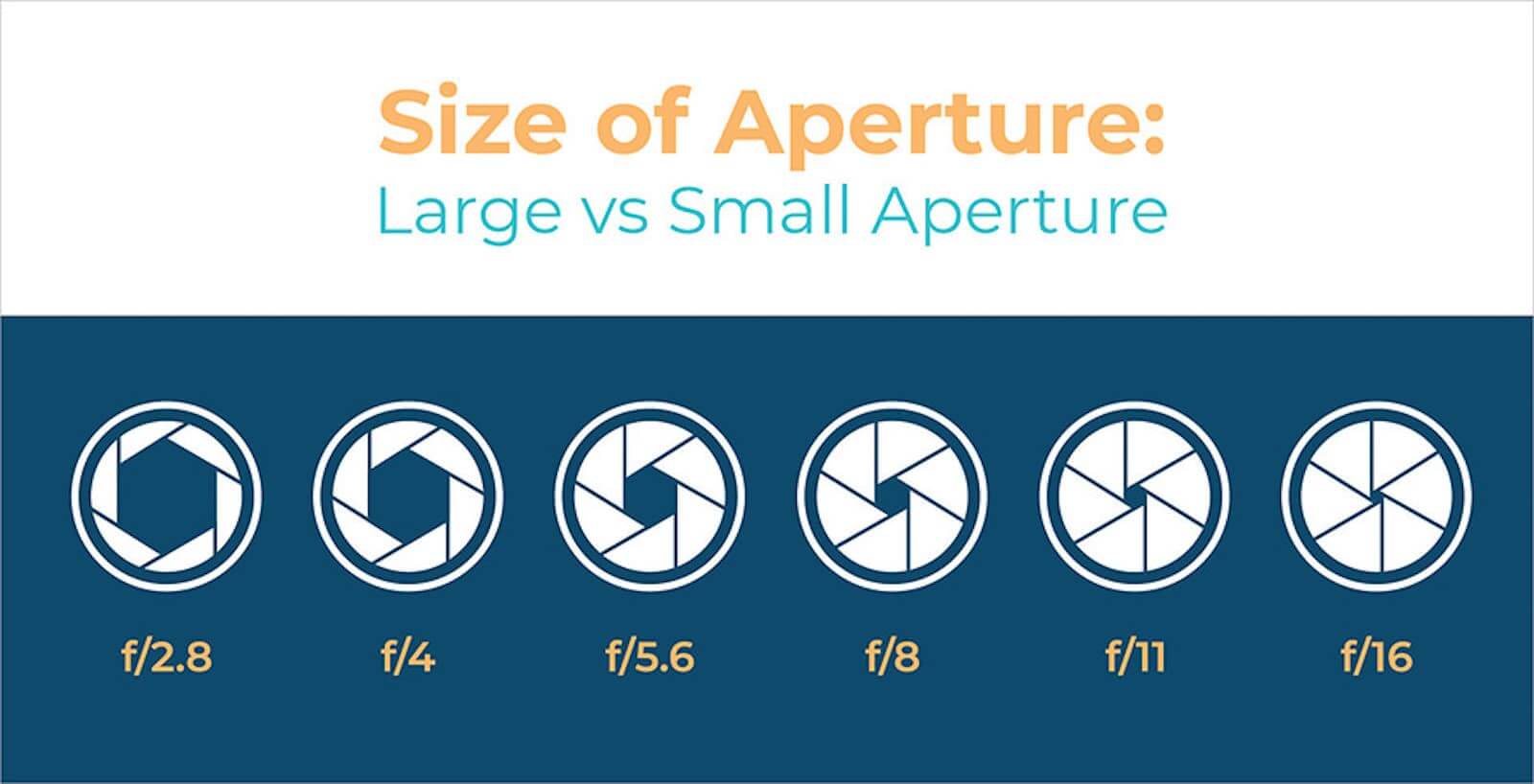

In the first image, at f1.2, I allowed in a lot of light, and for a balanced exposure, still had my shutter speed at 1/1000s! At that speed, you can shoot hand-held all day long and stop most any motion you want! You’d better be sure you get your focus on point though, given the shallow depth of field of f1.2!
Definition of f stop in photography iso#
In each shot, the ISO has been unchanged and left as a constant, with the only variables being the aperture settings (f/stops) and the shutter speed. This detail comes at a price, and the payment demanded is exposure. Furthermore, you can see the detail of all of the leaves, and that is because the more closed the aperture (especially f8 to f16 and beyond), the greater your depth of field. You could easily count the veins of the leaves. In comparison, the image shot at f16 has detail in abundance. The upside is that you allow a lot of light in! f1.2 is low enough that if you were to take an up-close portrait at that aperture and accidentally focus on the subjects eyelash instead of their eye, the image would be out of focus. It does make for a very soft and pretty image, but you have to be careful with such a low focus range. The depth of field on the left image (f1.2) is so shallow that only the most immediate focal points retain any sharpness at all. These two images were taken with the same lens, using both its most open aperture (f1.2) as well as its most closed. The lower the f/stop, the more shallow the depth of field. In the case of aperture, we’re making trades with the depth of field. Newton’s third law still applies to photography, and every action you take effects something else down the line. Now, before you say, “GREAT! Give me that f1.2,” you have to know that you are making a tradeoff. Think of it as “small number = large opening”. It may seem a little contradictory, but the smaller the number, the more light the camera takes in. That opening is measured in “f/stops.” You’ll frequently see things like f1.2 or f11, etc. In relation, the smaller the opening, the less light you take in. The general rule of aperture is that the larger the opening (that’s the size of the opening of the diaphragm in the lens), the more light you take in. You can say that photography is the process of capturing light, and aperture is one of your essential tools that allows you to control and even manipulate how you do that. Photography itself is defined as the art or process of producing images by the action of radiant energy, and especially light on a sensitive surface (such as film or an optical sensor). Specific to your camera, aperture is the opening of the lens’s diaphragm, which allows light to pass through to your film or sensor. The general definition of aperture is an opening, hole, or gap. What is Aperture?įirst, let’s take a look at what aperture is. To answer it most simply, just as your kindergarten teacher said of you and your classmates, “each one of you is special and unique in your own way,” and the same is true of aperture. Which aperture is best? You may be surprised at how common this question is.


 0 kommentar(er)
0 kommentar(er)
